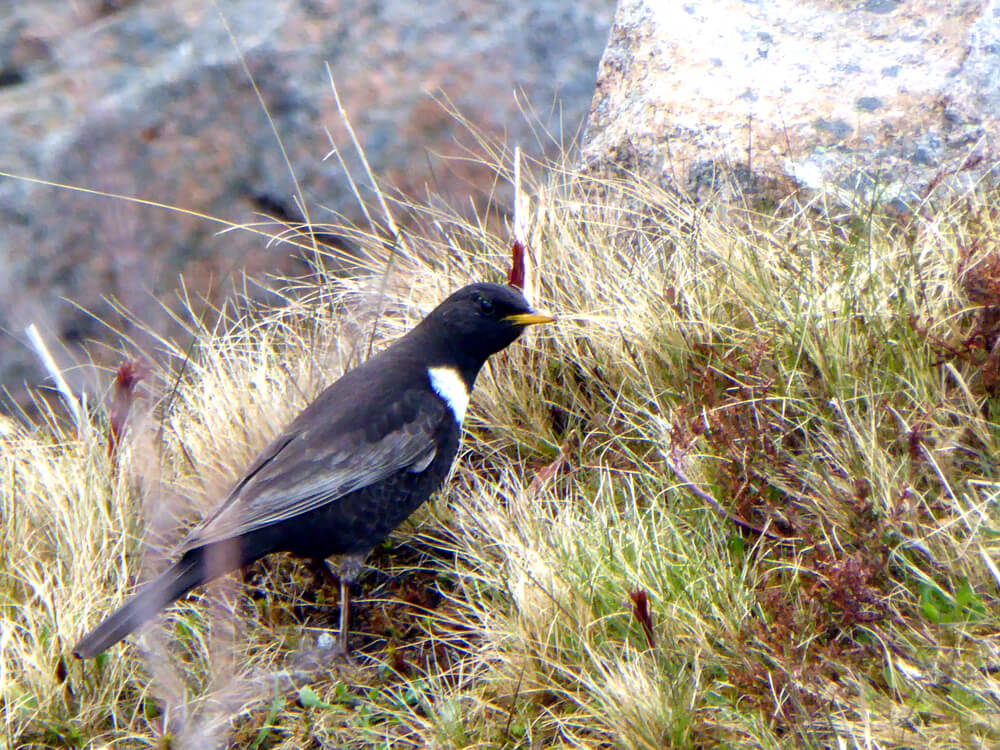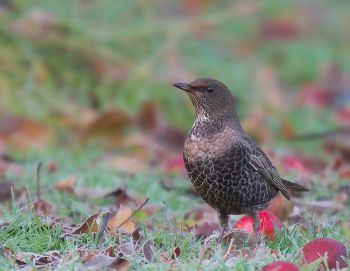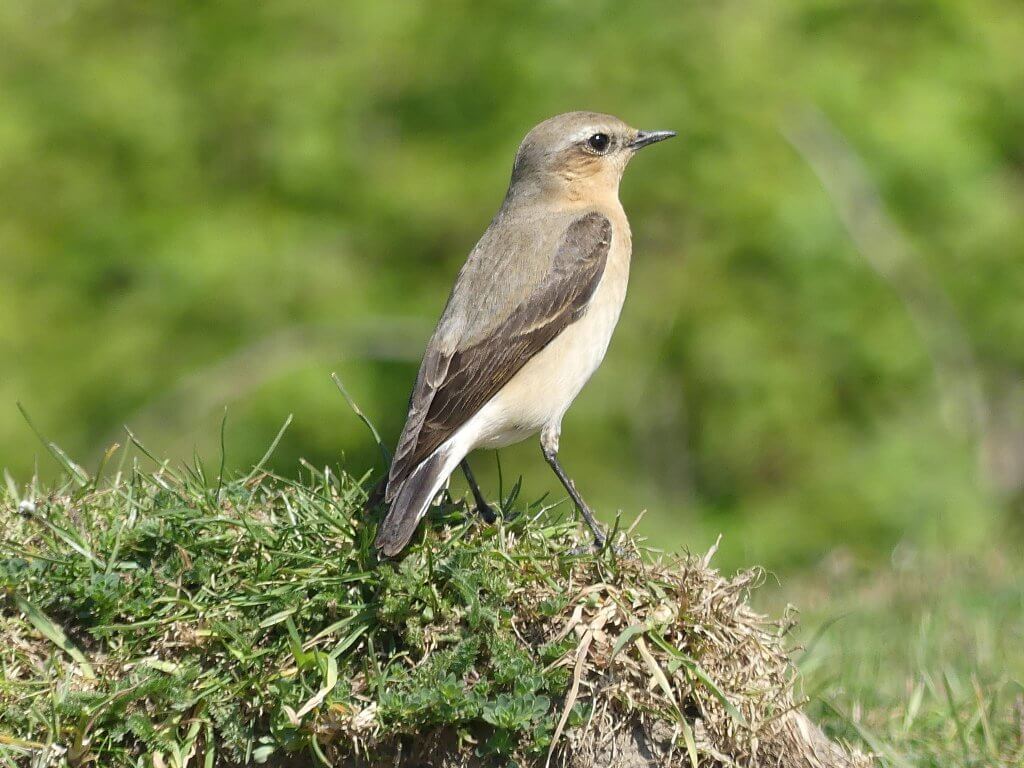Birdwatching in the Cairngorms: Ring Ouzel
Though we don’t claim to be wildlife guides or guides for birdwatching in the Cairngorms, Andy is always delighted to see bird life when he is out with walking groups.
“I was delighted to see my first Ring Ouzel of the season. This would be a great start to my High Mountain Wildlife blog.” I thought. “I saw the Ring Ouzel amoungst the Dwarf Mountain Pine in the Cairngorm Ski Area. If you come to stay at Fraoch Lodge, I’ll be able to explain exactly there I usually see these lovely birds and what time of year it would be best to see them.”
One of the treats of Scottish mountains in spring, particularly for birdwatching in the Cairngorms, is the arrival of the increasingly rare Ring Ouzel. The Ring Ouzel comes back from its wintering grounds of the mountains of North Africa in the spring. It’s the mountain equivalent of the Blackbird. Due to its scarcity, its remote high mountain living and it’s very flighty nature, it’s a hard one to spot. It is though, one of the first birds to arrive and one of the last to leave. We do come across it fairly frequently on our walking holidays especially as the Cairngorms National Park is a stronghold.

A male ring ouzel spotted in the Cairngorms
Photo Credit: Scot Mountain Holidays
The male is a very handsome black bird sporting a very distinct white bib or ‘gorget’ right across his breast. The female’s gorget is a far less striking brown being just a lighter shade than the rest of her dark brown body. Noticeably both sexes have a silvery sheen across the backs of their wings in flight and are a slender version of the common blackbird. They are very much a bird of open tree-less landscapes.
Their alarm call is a distinctive chac, chac, chac with their flight being low and direct. Their song is delightfully fluty and strong with it being composed of a few notes followed by a pause and then a few more different notes.

Photo Caption: Female Ring Ouzel
Photo Credit: Stefan Berndtsson
In massive environment of the mountains they can be a difficult bird to spot. They are often quite a vocal bird. Its song is probably the first thing that will alert you to its presence. It is quite similar to the common Blackbirds all be it at a slightly higher pitch. They also have the convenient habit of singing their pretty little tune perched on a rock. In the Cairngorms they are very much a bird of steep inaccessible rocky and cliff terrain.
Their numbers have been subject to a steady decline over the years. There’s also been a severe (at least 50%) contraction of UK breeding range over last 25 years. They are our least understood endangered species, being one of the 52 on the British Red List. Upland forestry is thought possibly to have had an effect on their breeding habitat whilst the loss of their winter juniper scrub habitat 1500m – 2500m up in the Atlas Mountains is also thought to be responsible.

Wheatear: high wildlife in the Cairngorms
All content © Copyright Scot Mountain Holidays 2025
Responsive web design by Summit Web Solutions